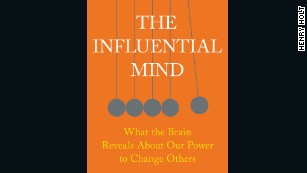Once price becomes secondary, values become the primary driver of purchases. Gen Z is tuned into how their spending impacts the world. They hate the inauthentic. Storytelling will be the key to moving their intentions.”Personalization” here means that the story must be connected to their individual values.
The challenge is to develop stories that bridge trivial differences of opinion while engaging the audiences about important issues. The environment, economic equity, and health, for example, will serve as important themes in marketing as a result.
“It is clear that Gen Z will be different from Millennials and the generations before them on many levels — on top of being the most culturally diverse shopper population to date, Gen Zers are already forming unique purchase motivators and preferences,” said Robert I. Tomei, president of consumer and shopper marketing and core content services for IRI. “It will be critical for manufacturers and retailers to have a deeper understanding of these young shoppers as they gain influence and purchasing power, and leverage the power of personalization to reach them.”
Source: Price is not the biggest driver for the first native digital generation | Chain Store Age


